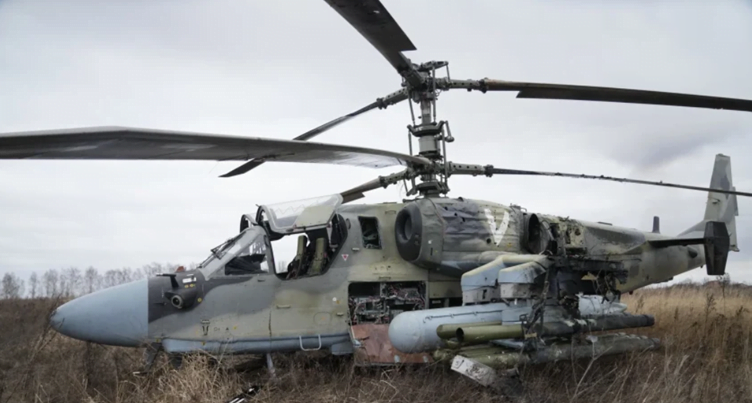Vladimir Putin’s decision to invade Ukraine is a profound challenge to the ‘rules-based order’ we had all got used to. While the previous arrangements have many critics the new disorder looks like being a lot worse.
What are the defence implications for Australia – especially in the next few years?
Firstly, Australia must be self-reliant for defence. We may get some assistance if attacked, but not much. The UN and sanctions will not save Ukraine – or us.
The government is gambling our safety on hugely expensive future weapons platforms such as the nine Hunter Class frigates and nuclear submarines that will not deliver anything for over a decade. The shipyards themselves will be an easy target for potential adversaries to hit just before delivery. The frigates will remain hopelessly vulnerable as per previous posts on this subject.
So what can defend Australia?
Our suggested replacement of the frigates is the long-range B21 strike aircraft – but that too will not be available to us until later this decade. We suggest conventional submarines instead of nuclear, but these still take years to build.
Australia’s long-range P-8 Poseidon aircraft provide the best anti-ship and anti-submarine strike capability. More could be purchased quickly using a fraction of the huge savings from cancelling the frigates and nuclear submarines.
Land-based anti-ship missiles are under development and will be a useful deterrent and could become operational this year.
All useful defence assets need to be distributed and hidden from pervasive satellite surveillance as a priority. All adversaries that could threaten Australia have precision ballistic and submarine-launched weapons that will destroy any exposed assets at the outset of any conflict.
It is quite likely that Ukraine will prove to be a quagmire for the invader especially if NATO continues to support resistance forces. If it is an “easy win” the world will need to brace for many more Ukraine’s.
References
- Ukraine invasion a crystallising moment for a more dangerous, divided world (ASPI, Feb 2022)
- Australia needs a radical expansion of its land-based strike capabilities (Peter J Dean, ASPI, Feb 2022)
- Image: Damaged Russian KA-52 attack helicopter near Kiev (AP)

